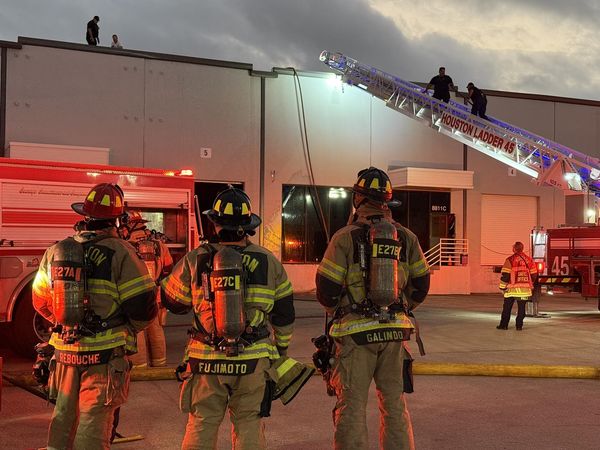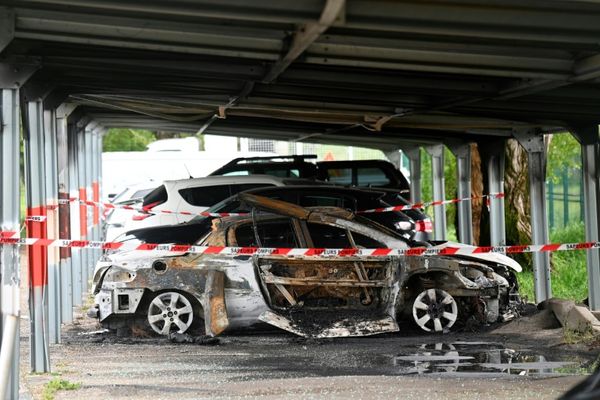
In the aftermath of the devastating wildfires in Maui, misinformation and conspiracy theories have spread online, underscoring the shortcomings of social media firms’ enforcement policies following disasters.
Conspiracy theories including that the fire was started intentionally by a secret “energy weapon” and that a shadowy cabal of global elites set the blazes purposefully to clear the land for their own nefarious uses have gained popularity.
The trend draws on existing far-right tropes that global-minded organizations such as the United Nations and the World Economic Forum are plotting to forcibly move people into “smart cities” where their freedoms will be severely curtailed by advanced technologies. Social media users have blamed figures like Elon Musk and Oprah Winfrey for starting the blazes, which have killed at least 111 people.
“What they don’t talk about is in January how they had in Maui a smart city conference to turn Maui into an entire smart island, changing everything to electric, renewables, solar panels and pushing everybody into electric vehicles – 15-minute smart cities,” a man says in one widely shared video.
“So, now what’s also interesting is next month in September, Hawaii is hosting the digital government summit, utilizing AI to govern the island,” the man continues. “It’s almost like they’re resetting something to start rebuilding for this.”
While the wildfires bring a new layer to such discourse, the posts echo toxic rhetoric in the past, including the “great replacement theory” – a baseless idea spouted by far-right figureheads like former US president Donald Trump and Tucker Carlson that there is an intentional and systematic effort to replace white Americans.
“What we are seeing after the Maui fire has been very similar to what we have seen after a number of disasters, man-made or otherwise, which is an attempt to blame a secret cabal for creating terrible conditions in order to usher in a new world order,” said Mike Breen, chief executive officer of the anti-extremism organization Human Rights First.
These theories have had devastating real-world impacts, including the mass shooting in El Paso, Texas, in which a white supremacist killed 23 people and injured 22 others and cited the great replacement theory as motivation.
Experts say the spread of such theories can be attributed to the algorithms central to tech platforms, which prioritize content that receives more engagement.
“We know companies like Meta weigh the most important material on the platforms based on engagement, which often tends to be either vitriolic content, conspiratorial content or something that’s controversial,” said Katie Paul, director of the non-profit tech watchdog the Tech Transparency Project (TTP). “After disasters, when there is a lot of online content related to a particular event, these mechanisms help to amplify some of that harmful content above more authoritative sources.”
In some cases, platforms inadvertently prioritize such content. A study conducted by the TTP and anti-hate group the Anti-Defamation League found that the search function on Facebook or Instagram will auto-complete certain terms with conspiracy theories, with the phrase “World Economic Forum” returning results for “World Evil Forum” that include conspiracy theories.
“This is a clear example of how even in something as simple as search results, the platform’s are weighing conspiracy content over more legitimate content on the websites,” Paul said.
Meta responded to a request for comment by directing the Guardian to its publicly stated misinformation policies, which pledge to “remove misinformation where it is likely to directly contribute to the risk of imminent physical harm”. An email to Twitter, now known as X, received an automated response. TikTok responded to a request for comment by directing the Guardian to its publicly stated policies on misinformation, which bans “inaccurate, misleading, or false content that may cause significant harm to individuals or society, regardless of intent”. A spokesman confirmed the platform had removed five videos flagged by the Guardian that contained misinformation about the Maui fires.
Meanwhile, the conspiracy theories have become so widespread that Hawaiian officials have addressed them, with the office of Governor Josh Green saying in a statement, “there is no truth to the horrendous assertion that the fires were deliberately set to raze the historic town of Lahaina, which was the first capital of the Hawaiian Kingdom”.
Conspiracy theories like these are only expected to intensify as such disasters are set to increase amid the climate crisis. These concerns are coming into sharp focus ahead of the 2024 elections, during which climate concerns and natural disasters are expected to be a major talking point, said Paul.
“If the way that the 2020 election and the misinformation around that was handled is any indication of how the upcoming one will be handled, we have a lot to be concerned about,” she said.
The Associated Press contributed to this report







